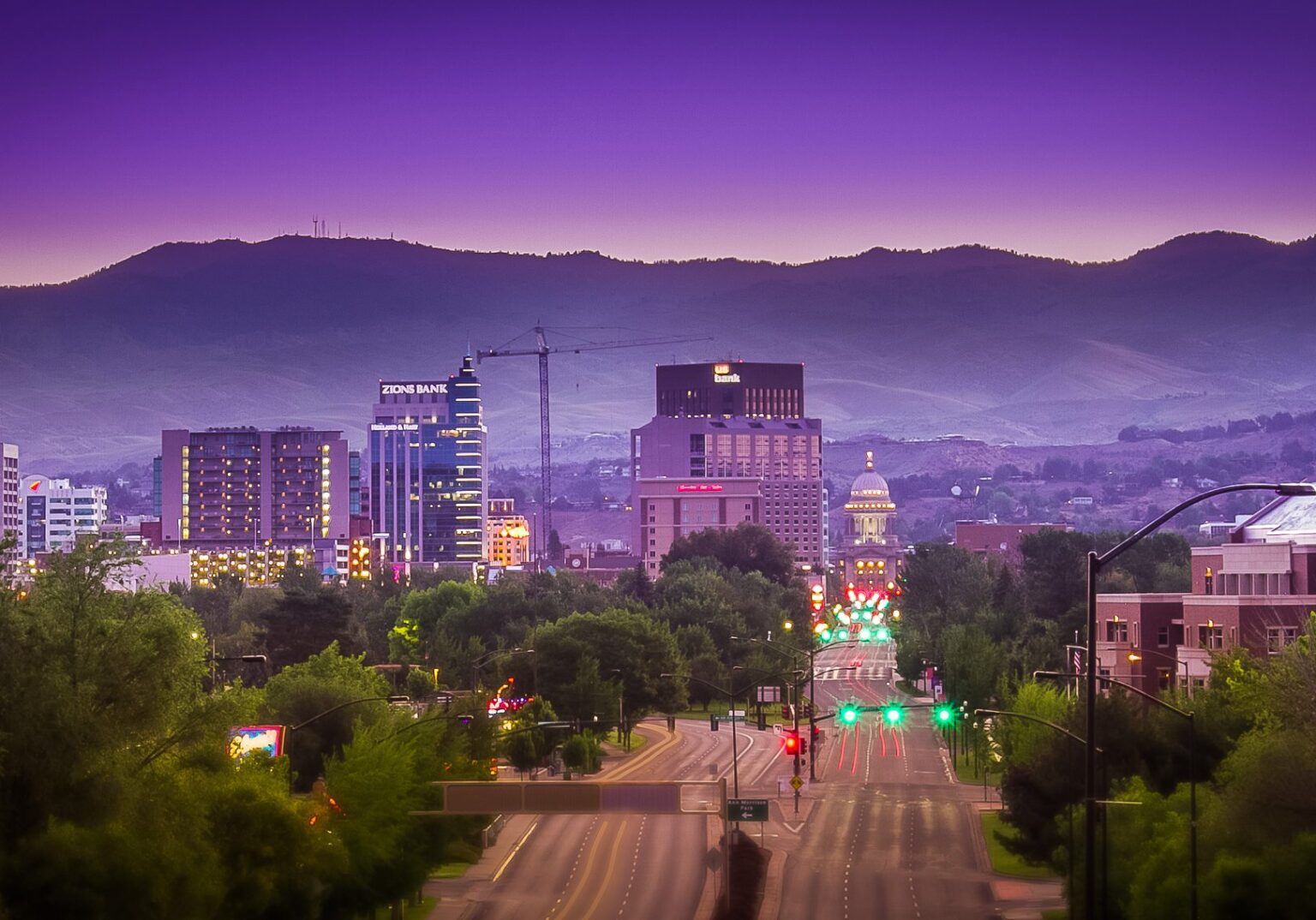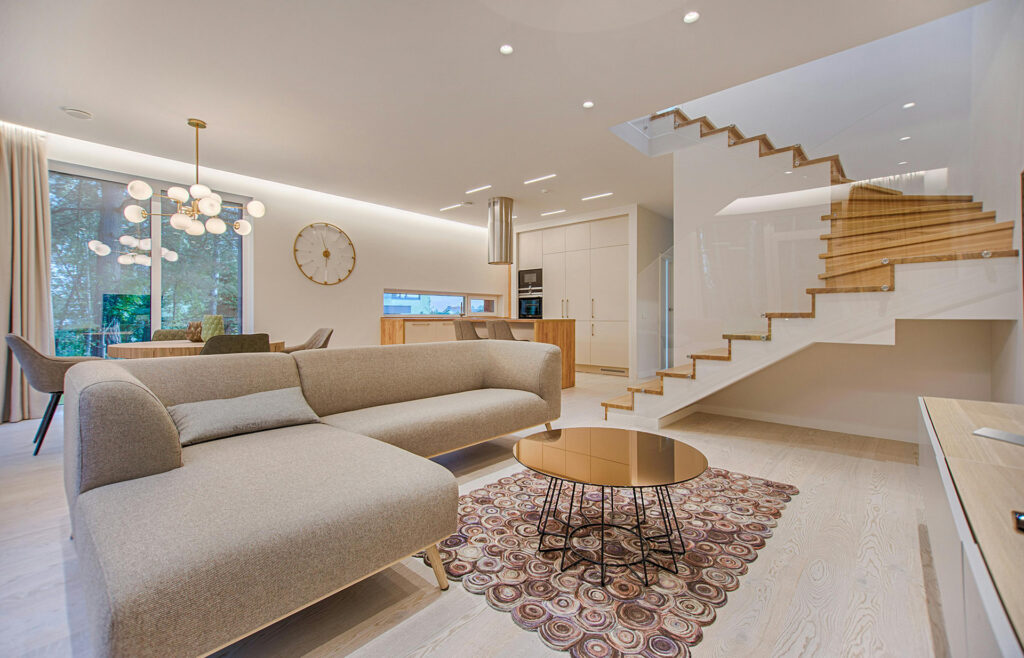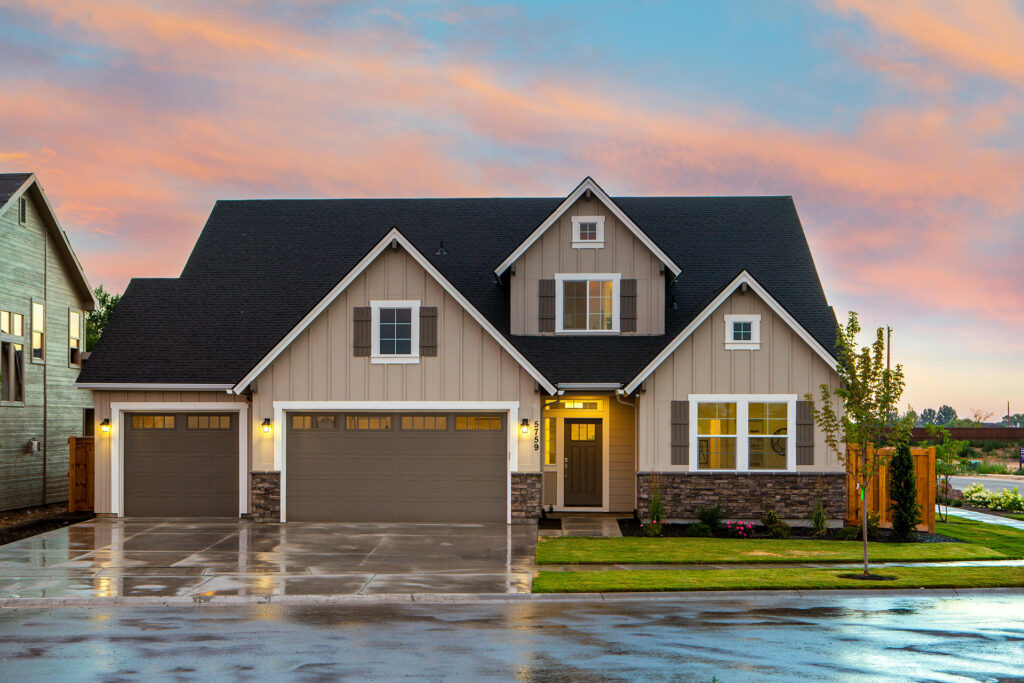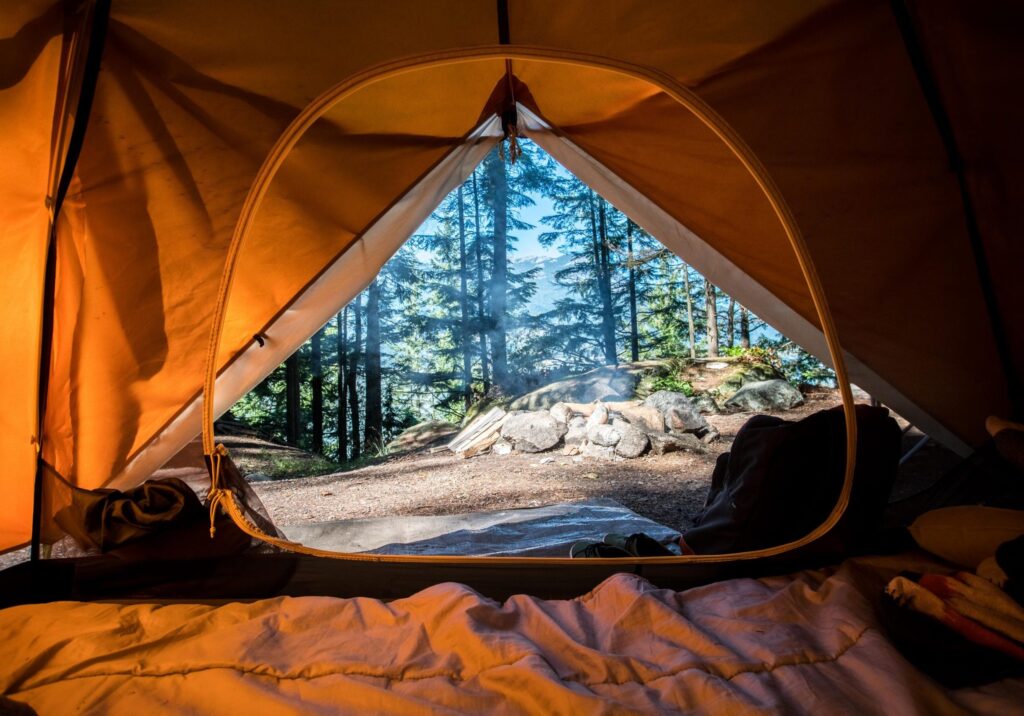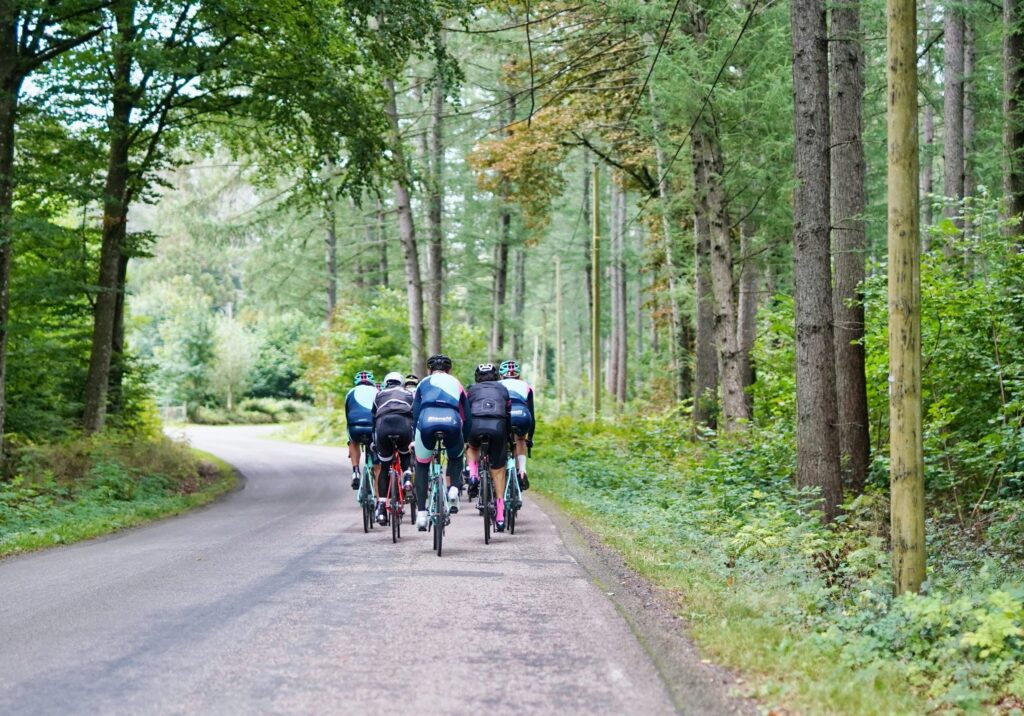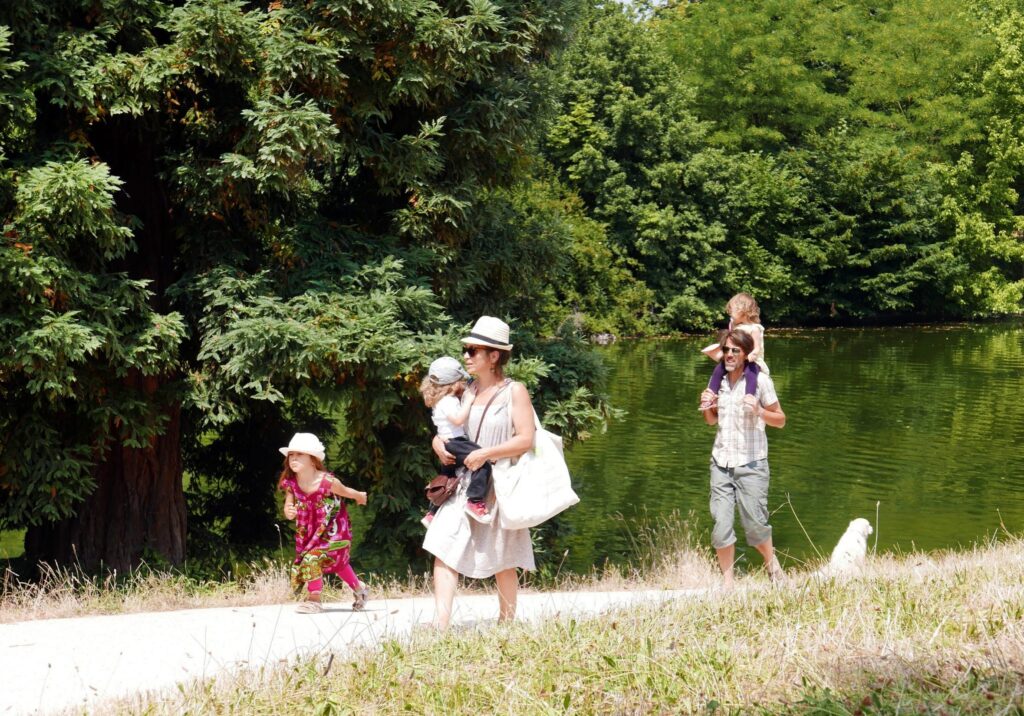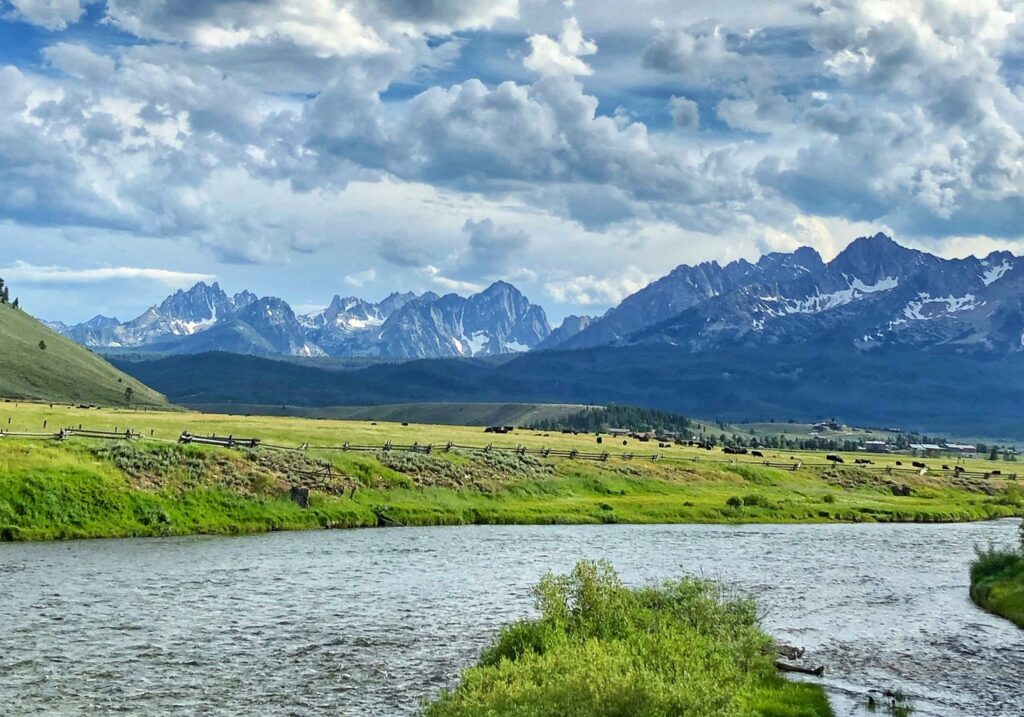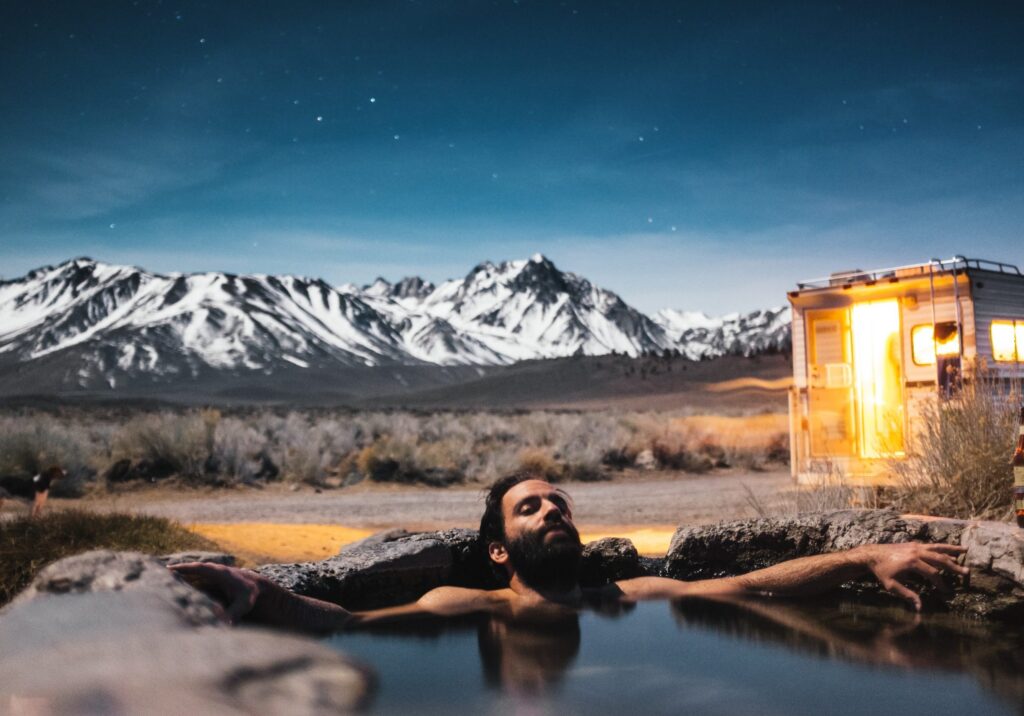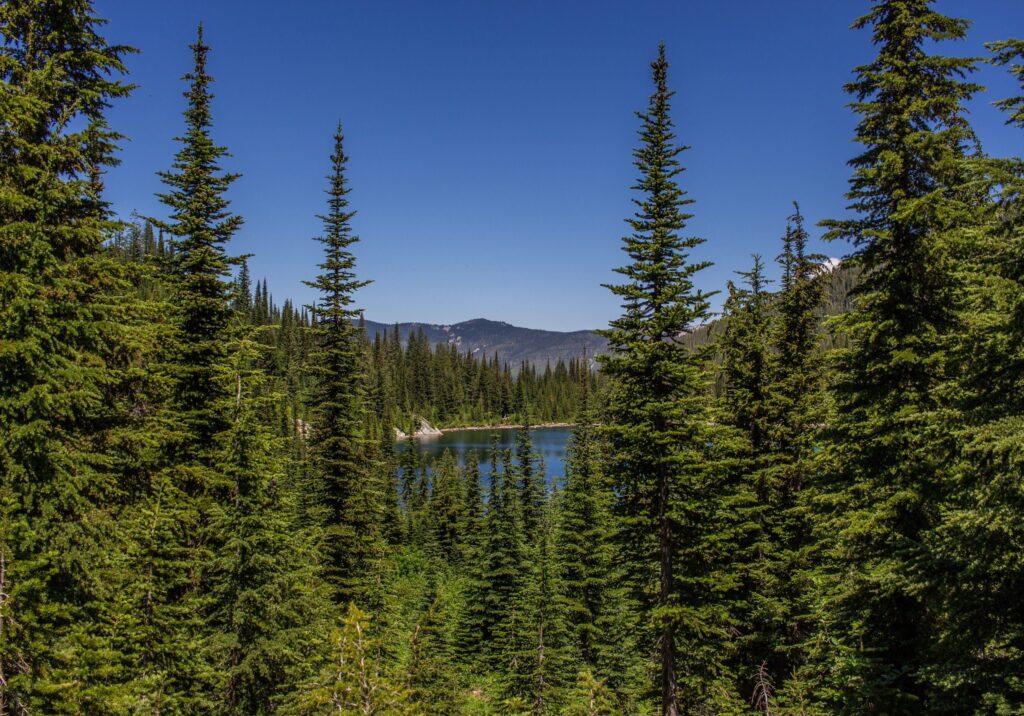10 Things to Know About Living in Idaho
Thinking of moving to Idaho? Those who read up on the Gem State will quickly discover that it’s a whole lot more than just farmland and potatoes. Idaho is a majestic hidden gem known for its low cost of living, low crime rate, strong economy, and exciting outdoor adventure scene. Its residents enjoy ample job opportunities, gorgeous nature scenery, and more.
But is Idaho a good place to live for you? Here are 10 things you may not know about living in Idaho if you’re looking to relocate there.
#1: What Is Idaho Weather Like?
In terms of the Idaho climate, it experiences an even balance of all four seasons – often with extreme winters. The cold season is not for the faint of heart, with average low temperatures ranging from 22°F to -2°F. Summers are more comfortable and mild; the average high does not usually reach higher than about 86°F.
On average, the state gets about 18 inches of rain per year and an impressive 47 inches of snow (compared to the 27.8 inch national average) with roughly 197 sunny days. Residents say that June, August, and September are the most comfortable months and that December and January are the least pleasant due to harsh winters.
#2: What Is the Best Place to Live in Idaho?
The town that really has it all is Boise, Idaho’s capital. It’s the state’s largest city population-wise and perhaps the best place for adventure seekers. Boise is known for having a sprawling city life with vivacious nature scenery nearby. Living in Boise, Idaho, you can camp, visit a specialty museum, float the Boise River, tour famous historical sites, or enjoy a day of skiing – all within a few miles.
#3: What Is the Cost of Living in Idaho?
Idaho’s cost of living is 2% lower than the national average, with housing being the only exception. MIT reported that a single adult only needs to make $29,000 per year, or about $15 an hour, to afford their bills as an Idaho resident. That translates to about $80,000 per year for a family of four. Burley is reported to be the most affordable city in Idaho, while Ketchum is the most expensive.
#4: What Is Idaho Known For?
Idaho is known for its massive potato crop, comprising about a third of the country’s yield, as well as semi-precious gems, lentils, and trout. Its major industries include agriculture, manufacturing, tourism, health care, and food and beverage. People come from far and wide for the state’s famous Sun Valley Resort, Lake Coeur d’Alene, Shoshone Falls, and Craters of the Moon National Monument.
#5: What to Do in Idaho
If you enjoy hunting, fishing, camping, hiking, white water rafting, and/or nature drives, you’ll never run out of things to do in Idaho. In fact, the state houses a small percentage of Yellowstone National Park where you can see diverse wildlife and the world’s largest collection of geysers and hot springs. Southeastern Idaho is home to Lava Hot Springs, a clean and relaxing mineral hot spring free of sulfur odor – ideal for ending a day of adventuring. The state is also replete with ghost towns, museums, and art. There’s something for everyone to enjoy!
#6: Idaho Demographics
Idaho is the 14th-largest state in America in terms of land mass, but its 1.7 million residents make it the 12th least-populated state in the nation. Here some quick demographic statistics for Idaho’s population based on Census data from 2019:
- Median age: 42
- Male-to-female ratio: 1:1
- Families vs. non families: 67% (families), 32.42% (non-families)
- Ratio of white collar to blue collar workers: 3:1
- Race demographics:
- 82.9% white
- 11.9% Hispanic
- 1.3% Asian
- 0.6% Black
#7: The Culture and People of Idaho
The state has a strong Mormon/LDS religious presence with more than 10% of the population belonging to the LDS church. This contributes to a traditional values-driven society and family-centered culture. Politically, Idaho tends to lean to the right. It currently has two Republican senators and usually gives its four electoral votes to Republican candidates in presidential elections.
Historically, Idaho has been predominantly white, but the growing population has brought a greater cultural diversity with it. There is a stronger Hispanic presence in the state today than ever before.
#8: What Is Idaho’s Job Market Like?
Job prospects in Idaho are excellent, and opportunities are only expected to increase. The state has the sixth-best economy in the nation thanks in part to balanced budgets and low taxes. Unemployment sits at 3%, which is well below the national average, and although the minimum wage is $7.25 an hour, it will soon be increased to $12. The state’s fastest-growing jobs include web/software developer, stylist, property manager, and home health aide. You won’t have any trouble finding a job here!
Below are the easiest cities in which to get a job in Idaho:
#9: How to Become an Idaho Resident
According to the Idaho State Tax Commission, you can become a full resident if you “keep a home in Idaho for the entire tax year and spend more than 270 days of the year in Idaho or are domiciled in Idaho for the entire tax year.” You can change your residency and update your address with the DMV by showing proof of residence, your age, and your identity. Items of mail, such as a utility bill, and a driver’s license usually suffice.
#10: How Is Idaho’s Real Estate Market?
Right now, Idaho’s real estate market is competitive. Demand for houses in the state is growing alongside the influx of new residents. According to Zillow, average home values have increased by 27.8% just in a year, and they’re expected to increase another 10% in the near future. The average home value in Idaho, as of May 2021, is about $389,218 with homes staying on the market for 61 days on average.
If you act now to purchase a home in Idaho, there will certainly be competition, but if you continue to wait, homes will become more expensive and make it harder to solidify any gains in real estate.
Moving to Idaho Soon? See Our Homes for Sale in Boise
Navigating Boise, Idaho’s real estate scene will be exponentially easier with the help of a qualified real estate professional. Talk to a real estate advisor from Amherst Madison about your plans or visit our website to see homes for sale in Boise, Idaho.

